Rising Prevalence of Glaucoma
The increasing prevalence of glaucoma is a primary driver for the Glaucoma Diagnostics Market. As populations age, the incidence of glaucoma is expected to rise, with estimates suggesting that by 2040, over 112 million individuals may be affected worldwide. This growing patient base necessitates enhanced diagnostic tools and technologies, thereby propelling market growth. Furthermore, awareness campaigns and screening programs are likely to contribute to early detection, which is crucial for effective management. The demand for innovative diagnostic solutions, such as optical coherence tomography and tonometry, is anticipated to surge as healthcare providers seek to improve patient outcomes. Consequently, the rising prevalence of glaucoma is a significant factor influencing the expansion of the Glaucoma Diagnostics Market.
Increased Awareness and Education
The growing awareness and education surrounding glaucoma are significant contributors to the Glaucoma Diagnostics Market. Public health initiatives and educational campaigns have been instrumental in informing individuals about the risks and symptoms of glaucoma, leading to increased screening and early diagnosis. Research indicates that awareness programs can lead to a 30% increase in the number of individuals seeking eye examinations. This heightened awareness is expected to drive demand for diagnostic services and tools, as more patients seek proactive measures to manage their eye health. Furthermore, healthcare providers are increasingly emphasizing the importance of regular eye check-ups, which is likely to further stimulate the market. Thus, the focus on awareness and education is a vital driver for the Glaucoma Diagnostics Market.
Integration of Artificial Intelligence
The integration of artificial intelligence (AI) into glaucoma diagnostics represents a transformative trend within the Glaucoma Diagnostics Market. AI technologies are being utilized to analyze complex data sets, improving the accuracy and efficiency of glaucoma detection. Machine learning algorithms can assist in identifying early signs of the disease, potentially leading to earlier interventions and better patient outcomes. The market for AI-driven diagnostic tools is projected to expand rapidly, with estimates indicating a growth rate of over 10% annually. Furthermore, AI can enhance the workflow of healthcare providers, allowing for more efficient patient management. As the adoption of AI technologies continues to rise, it is likely to serve as a significant driver for the Glaucoma Diagnostics Market.
Technological Innovations in Diagnostics
Technological advancements play a pivotal role in shaping the Glaucoma Diagnostics Market. Innovations such as advanced imaging techniques, including optical coherence tomography and fundus photography, have revolutionized the way glaucoma is diagnosed and monitored. These technologies enable healthcare professionals to obtain detailed images of the optic nerve and retinal structures, facilitating early detection and intervention. The market for these advanced diagnostic tools is projected to grow substantially, with estimates indicating a compound annual growth rate of over 8% in the coming years. Additionally, the integration of telemedicine and remote monitoring solutions is likely to enhance accessibility to glaucoma diagnostics, particularly in underserved regions. As a result, the continuous evolution of diagnostic technologies is a crucial driver for the Glaucoma Diagnostics Market.
Aging Population and Healthcare Expenditure
The aging population is a critical factor influencing the Glaucoma Diagnostics Market. As individuals age, the risk of developing glaucoma increases, leading to a higher demand for diagnostic services. Projections indicate that by 2030, the number of people aged 60 and above will surpass 1.4 billion, creating a substantial market for glaucoma diagnostics. Additionally, increased healthcare expenditure in many regions is likely to facilitate access to advanced diagnostic technologies. Governments and private sectors are investing in healthcare infrastructure, which is expected to enhance the availability of glaucoma screening and diagnostic services. This trend suggests that the aging population, coupled with rising healthcare investments, will significantly impact the growth trajectory of the Glaucoma Diagnostics Market.


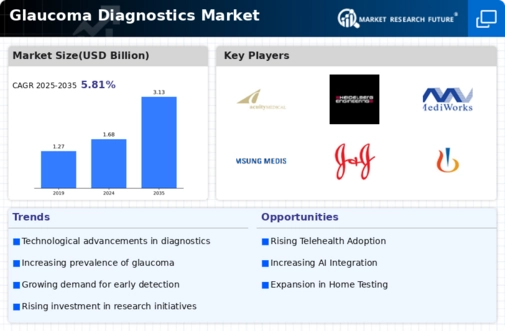
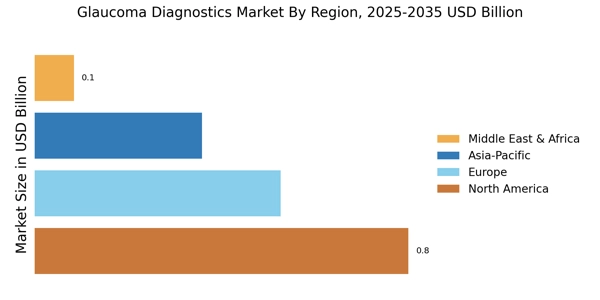


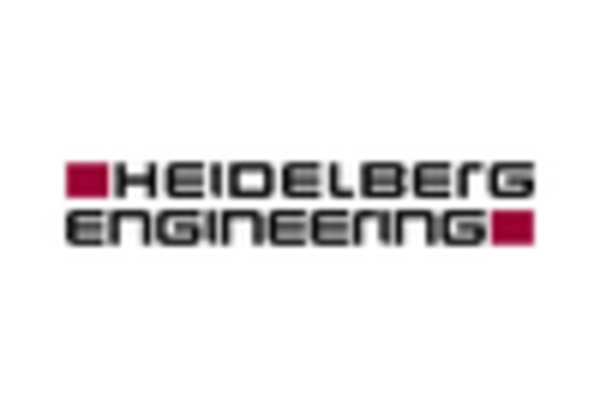
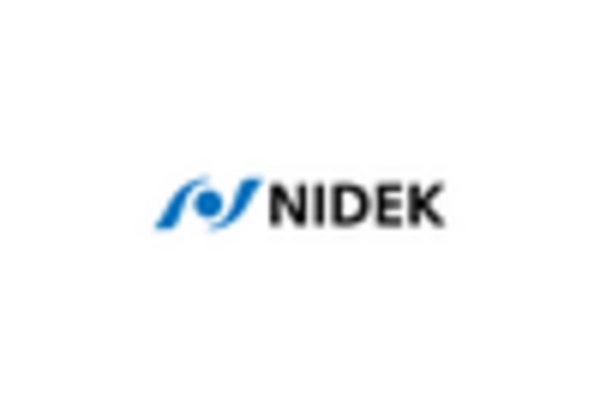
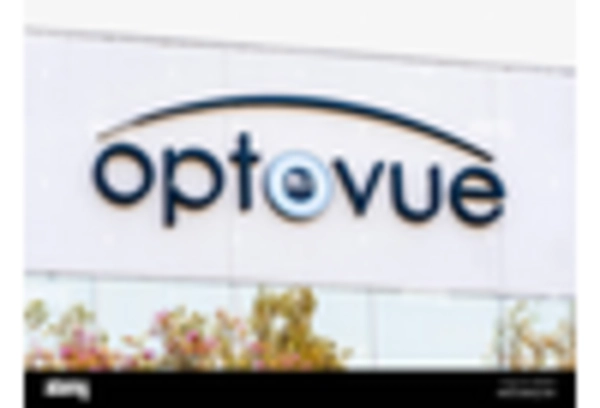









Leave a Comment